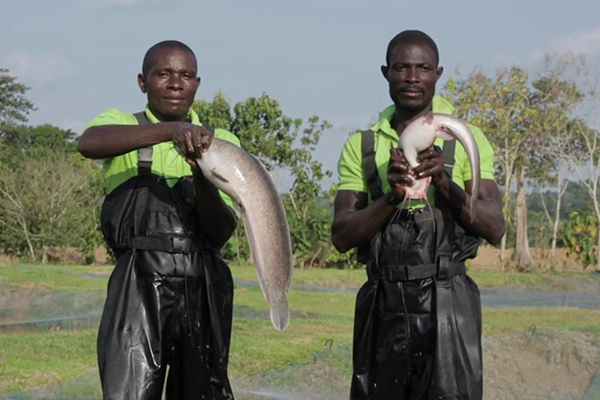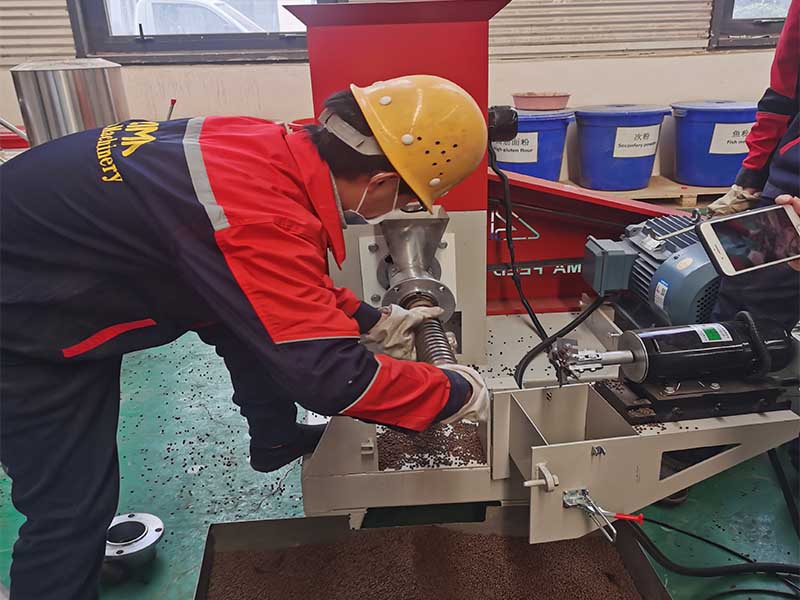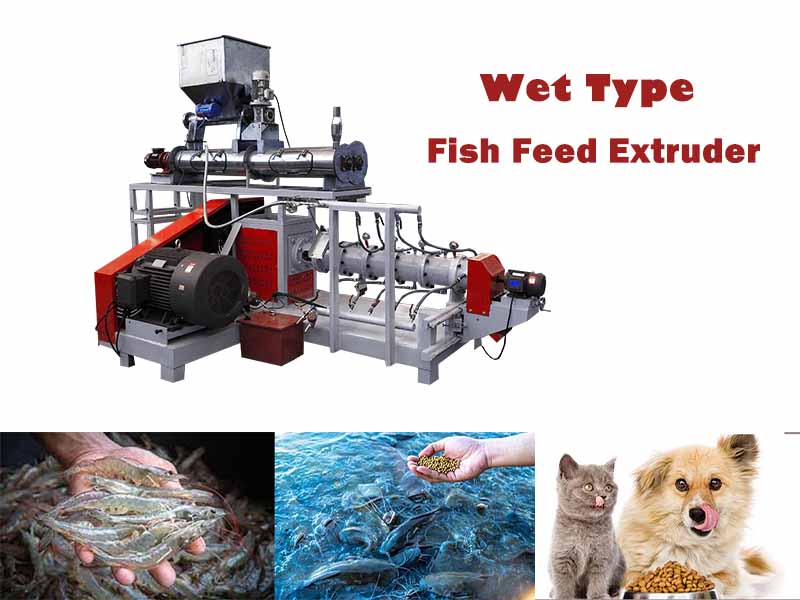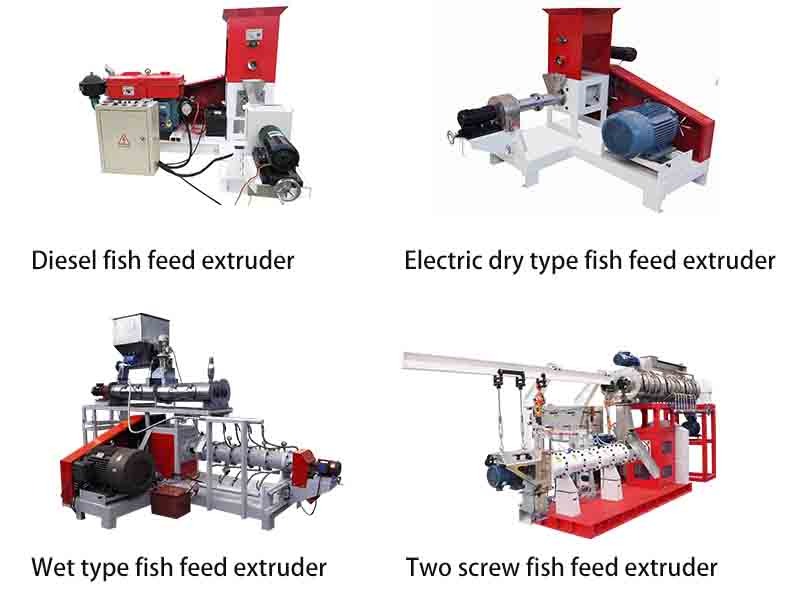Trace Elements in Floating Fish Feed and Their Importance
The formation of animal tissues and normal processes of metabolic processes require a variety of minerals, the requirements of which vary from species to species.
The results of long-term studies of fish metabolism show that they essentially require calcium, phosphorus, magnesium, potassium, sulfur, chlorine, iron, copper, iodine, manganese, cobalt, zinc, molybdenum, selenium, chromium and tin.
How to Produce Floating fish Feed?
Disorders of trace element metabolism in fish can lead to disease in fish of various types and ages. Insufficient or excessive intake of micronutrients with food can have a major impact on the degree of assimilation of the floating fish feed, growth, respiration and generally on the health, survival and commercial quality of the fish. Most often, irregularities and diseases are recorded due to the lack of trace elements.


The Importance of Trace Elements in Floating Fish Feed
Calcium deficiency is characterized by inhibited growth, reduced bone ash content, poor digestibility, high feed-to-feed ratio, perforated operculum, and skeletal deformities. It has been observed that carppox often occurs in calcium-deficient water, and it is more serious.
Growth inhibition, anorexia, hypomineralization of bone, skeletal and cranial deformations, increased vertebral spongiosis, and increased deposition of pathological fat in internal organs are also observed due to phosphorus deficiency.
Magnesium deficiency results in anorexia, lethargy, convulsions, cataracts, degeneration of muscle fibers and epithelial cells of the gastric and gill filament pyloric appendages, skeletal deformities, decreased magnesium concentration in bones, and high mortality in fish.
Iron deficiency results in growth inhibition, hyperchromic anemia, low hematocrit and hemoglobin, decreased plasma iron and transferrin, and decreased erythropoiesis.
Zinc and manganese deficiency can lead to anorexia, dwarfism (short stature), cataracts, erosion of the skin and fins, poor fertilization and hatching of larvae, and deformity of the caudal fin.
Deficiencies: copper, development of cataracts, high activity of cytochrome oxidase in the liver, selenium – anemia, muscular dystrophy, exudative inflammation, iodine – thyroid hyperplasia.
Increased doses of trace elements are less common than deficiencies, however, excess trace elements are more dangerous for the fish’s body. Severity of consequences – from irreversible changes to death.
For example, excess calcium and selenium in floating fish feed or water can develop nephrocalcinosis in fish. Fish become less active, stop eating, and become darker in color. In severe cases, the fish’s kidneys become enlarged, uneven in color, hard, and granular. White lime deposits form on its surface. In diseased fish, swelling of the dorsal muscles is sometimes noted, and white granular inclusions appear in the muscles.
High concentrations of copper have obvious toxic effects on fish. Copper toxicity increases in “softer” and cooler water. During acute poisoning, the fish are excited, very active, and their bodies are covered with solidified blue mucus. Congestion, dystrophy, necrosis, granular dystrophy, etc. of the liver and kidneys were observed in the gills and skin. In addition, even short-term exposure to high concentrations increases the susceptibility of salmon to vibriosis.
Symptoms of fish deficiencies and excesses of essential minerals are well researched and easy to diagnose. Diagnosis is made on the basis of clinical symptoms, results of pathological anatomical autopsy and histochemical analysis, mineral balance studies of floating fish feed ingredients.
Many minerals consumed by fish can be directly absorbed from water, especially sea water, through gills and skin, and it is easy to supplement the lack of minerals. However, in freshwater, fish are constantly losing minerals – through their skin and gills, they are released into the surrounding water. Therefore, when raised in soft, mineral-poor water, fish must constantly obtain essential trace elements from their food.
In aquaculture, to prevent diseases related to mineral metabolism, regular hydrochemical control of water, strict monitoring of fish feed quality and quantity, and addition of additives and premixes containing essential minerals are required.
Back to List






